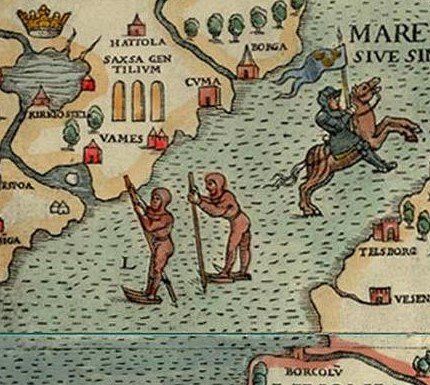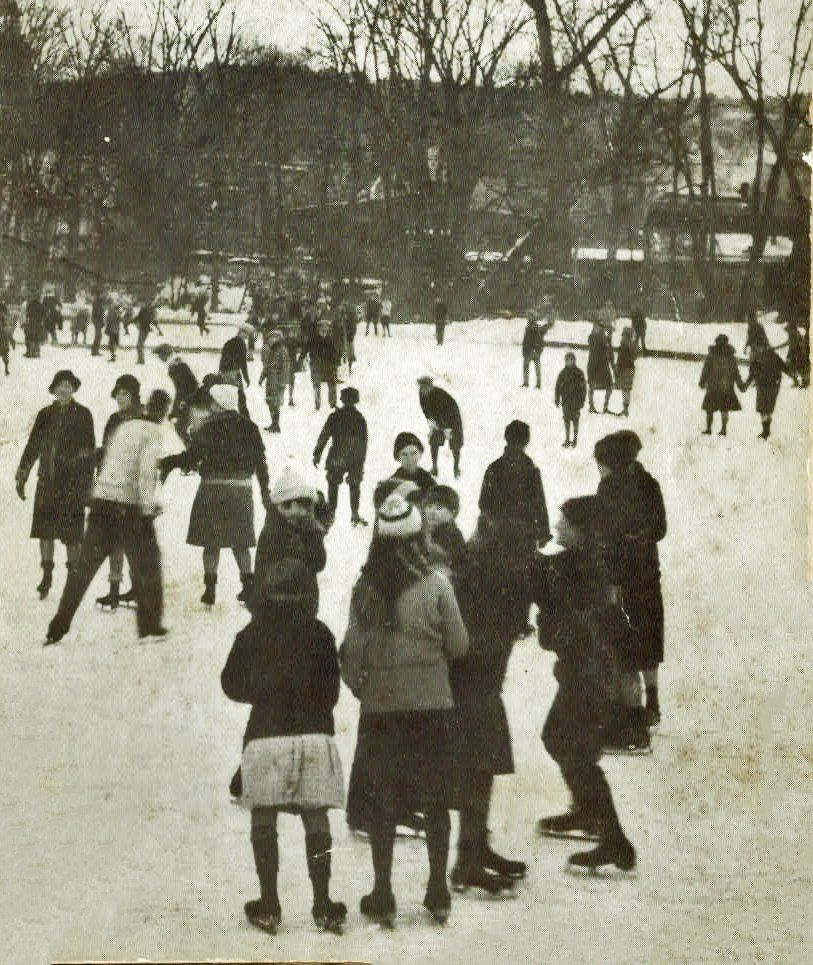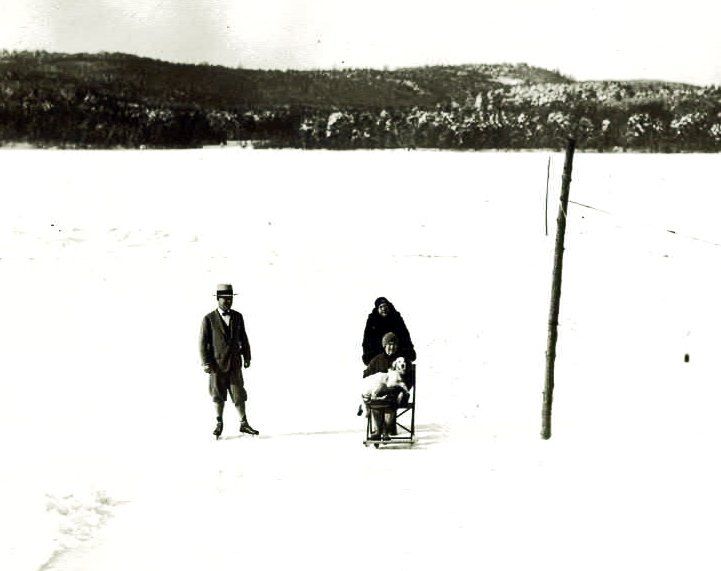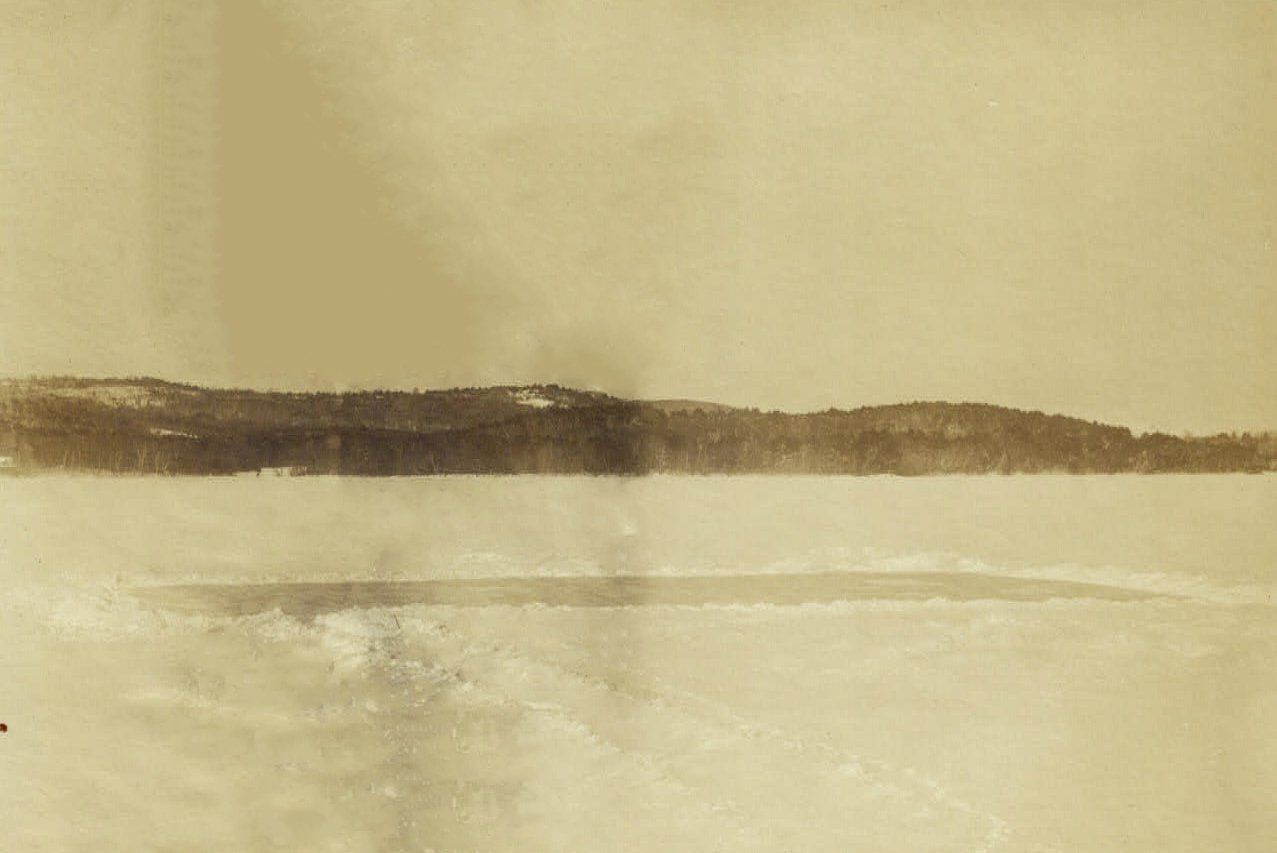Ice Skating
A Bit Of History Behind The Sport
The oldest ice skates were bone artifacts discovered scattered across Scandinavia and Russia, with most dating back 5,000 years. In fact, the word skate derives from the Dutch word “schaats”, meaning leg or shank bone. The earliest skaters shaped bones to the bottom of their feet, then pierced holes through the bones, and strapped them onto their footwear. There was no sharp edge, but a flat and slippery bottom which meant the skater could not push off with the legs. Instead, the skaters propelled themselves by keeping their legs stiff and pushing with a long pole held between them. Although this made it challenging to turn, it proved to be an efficient means of moving along frozen rivers and lakes.
By the 13th or 14th century, bones had been replaced with metal fastened to wood that were held to footwear by leather straps. This enabled skaters to dispose of the stick and glide along using leg power. In the 15th century, a dramatic curled toe was added to the blade. It prevented the tip of the skate from getting stuck in the ice and tripping up the skater. Fashion determined the extent of the curl as only the first centimeter (.3 inch) was required.
Starting in the 18th century, the ability to mass produce skates made skating a popular pastime. In 1742, the first skating club was founded in Scotland. Thirty years later, Robert Jones published the first book that included tips on figure skating. In the 1850s, Jackson Haines, a US ballet dancer, adapted Jones' techniques for ice dancing. Haines is credited with developing spins along with adding the toe pick onto the front of the skate's blade. The toe pick is that jagged edge that enables a skater to push off for jumps. Thus began the split between figure and speed skating. Long, thin blades were favored for speed and transportation. They distributed weight more evenly over a longer surface, which helps keep the blade from sinking into the ice, making for a smoother and longer glide.
However, it wasn’t until steel blades could be permanently attached to leather boots that skating developed into organized competitive sports. With competition came innovation. Skate boots became specialized and stronger, while blades evolved depending on their use. Recognized World Championships in figure skating and men’s speed skating began in the 1890s. In 1908, figure skating was included in the Olympic program. Men's speed skating and ice hockey were included when the Winter Olympics games began in 1924, with the first US Winter Olympics Gold Metal going to Charles Jewtraw in the 500-meter speed skate.
The development of refrigerated ice rinks helped promote the transformation of ice skating from a seasonal pastime to a major sport and entertainment. But for today's local skating enthusiasts, it still means wondering when the ice is safe enough, so skates could be laced up, and hours of fun could begin!
Festival on CT River c1920s from the mini-booklet "with interest" published by Vermont-Peoples National Bank of Brattleboro, 1929.









